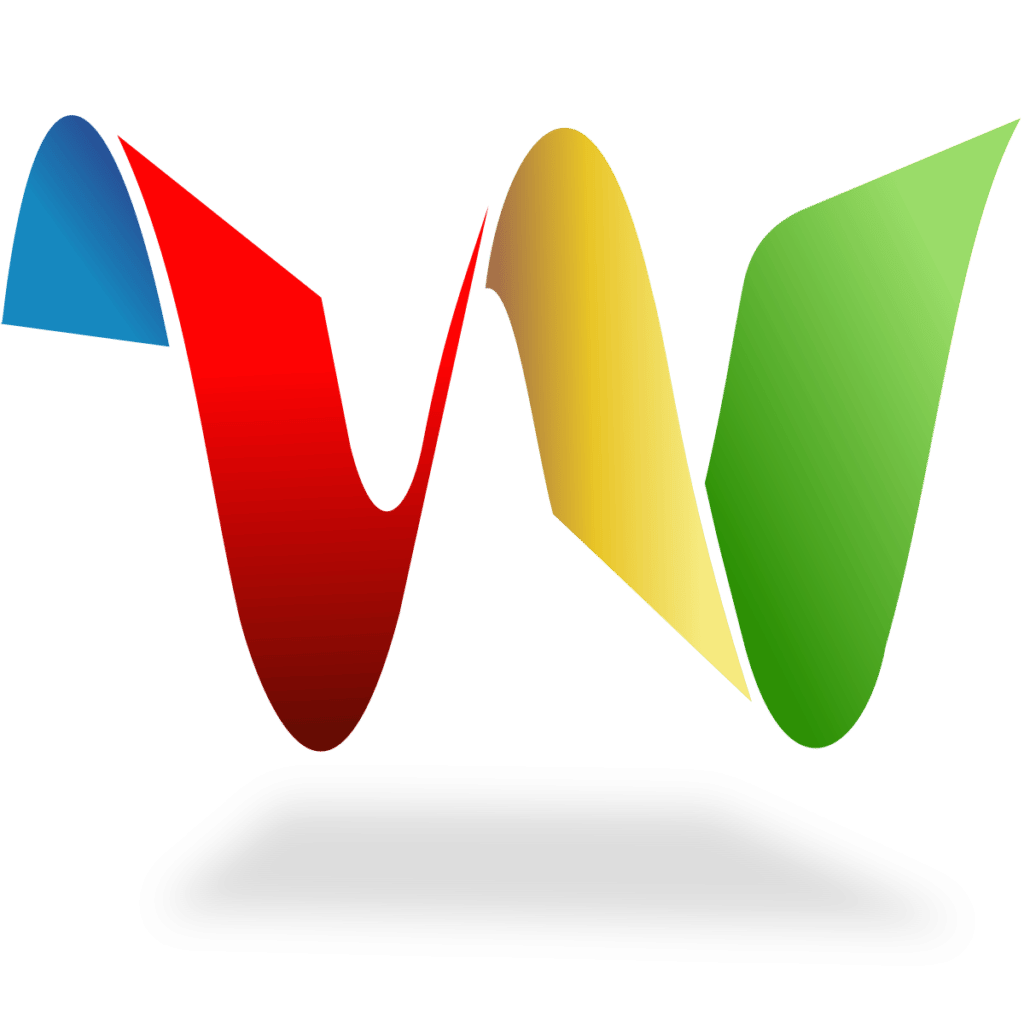Last week we took a look at the basic ideas behind what Google Wave is, how it works, and how it is set to take email into the 21st century.
That’s nice to help you get an idea of where to start. But there’s nothing like some direct examples to help wrap one’s mind around how new tools can make the life you know better. So here we have suggestions for what you and your colleagues could be doing in Wave right now that would be much more effective than email, IM, or your average Google Documents collaboration.
Meeting agenda, minutes, and actions:
Collating a meeting agenda is often deemed a low-priority task, which leads to meetings that waffle on, or never quite get to the heart of important matters. Using Wave, an agenda can be compiled by everyone involved, and some pre-meeting comment can even be made so the meeting can get to what really matters. The minutes of meetings can be taken directly into the same wave, as well as actionable decisions, and any discussions that can’t be completed in the meeting time available can be wrapped up in the wave later. That’s a lot of power to make meetings faster and more effective.
Team task and to-do list tracking:
There are team-based Twitter style tools (like Yammer) that can let you keep shared internal status updates. Or you can use IM, or shared documents, to run collaborative to-do lists. Wave can bring the essentials of these ideas to a single forum. In one wave a team could keep an open, shared list of to-do items, with comments to and from other team members on where they can help each other get things done. The threaded commenting system in Wave means it will be very clear to all team members who is saying what and who is offering help. When something is done, the strike-through character formatting option can make it clear that certain milestones have been achieved.
Report and presentation building:
This flows on from the more basic idea of to-do and task tracking. If the whole team is working on separate parts of the same document, or contributing facts and statistics to a report, this can all be done directly within the wave instead of through external document creation tools. Wave is particularly effective at letting a team brainstorm ideas without having to pull everybody away from other work to do it. As ideas come to people in their own time, they can be dropped into the mix.
Event or seminar planning:
We’re building up the layers of collaboration here. Events and seminars can be some of the more daunting business jobs, but Wave has additional tools for making it simple. If decisions must be made, or attendance needs to be collated, there are special extensions for Google Wave that can let people vote ‘Yes’, ‘No’, or ‘Maybe’ on an idea, or include Google Maps in the document for directions. Tasks and presentations can be tracked as above, and if things feel too unwieldy it is easy to copy a section of a wave and split it into its own separate discussion where that work can continue.
As mentioned last week, there are still more tools available for automating Wave. New features are being created daily, and for something still in its early infancy it’s a credit that there are so many valid ways to use it to improve the way you work right now. Invites are now fairly easy to come by – ask around your network of colleagues and contacts and you should be on Wave in a matter of days. #
Seamus Byrne is is a technology journalist and the founder, director of creative, and host of Byteside.
RELATED ARTICLES
- Does Google control the internet?
- Google: a search monopoly?
- Meet Google Wave
- The Google doctor is in
- Twitter lists enhance use case for business





